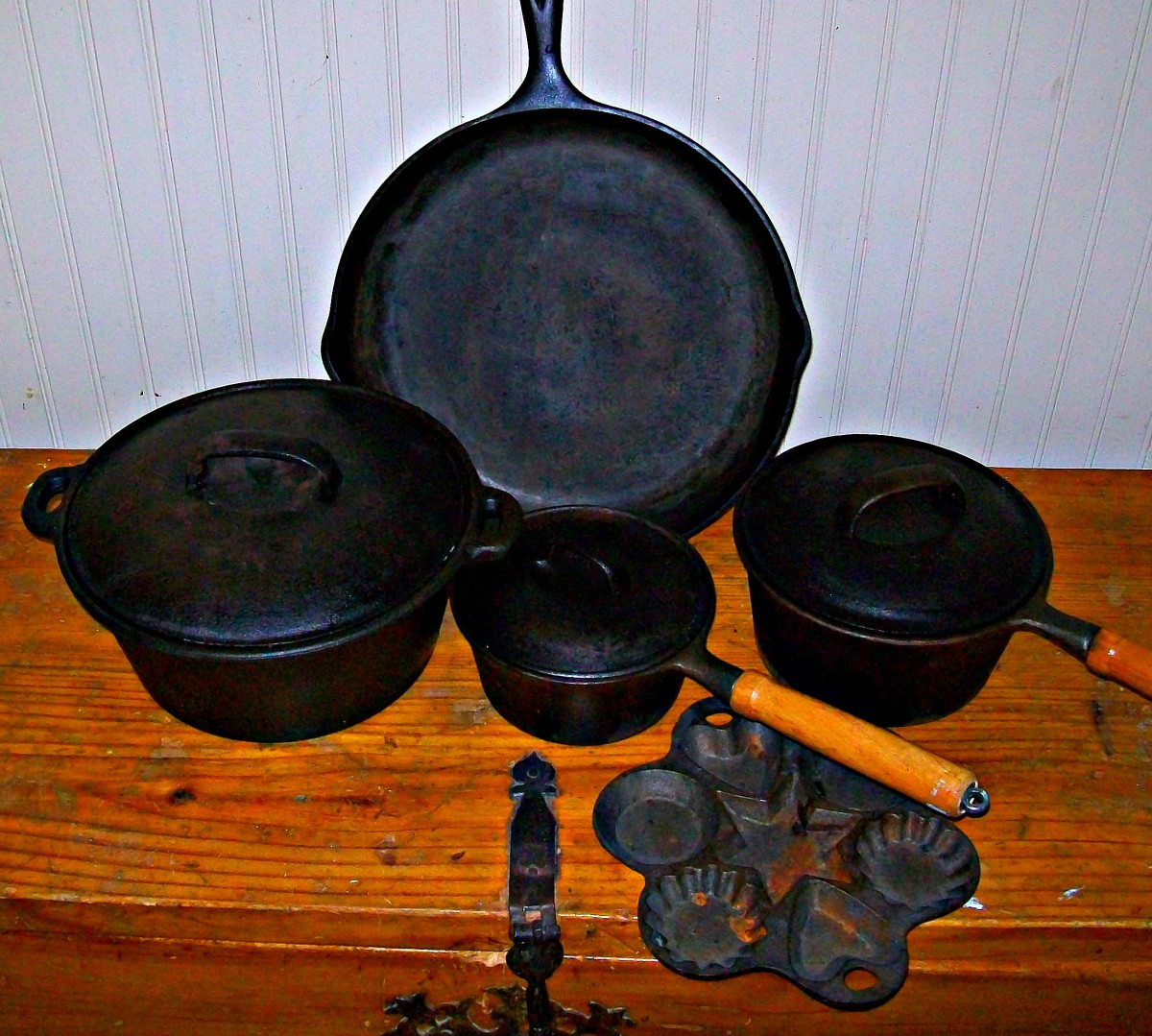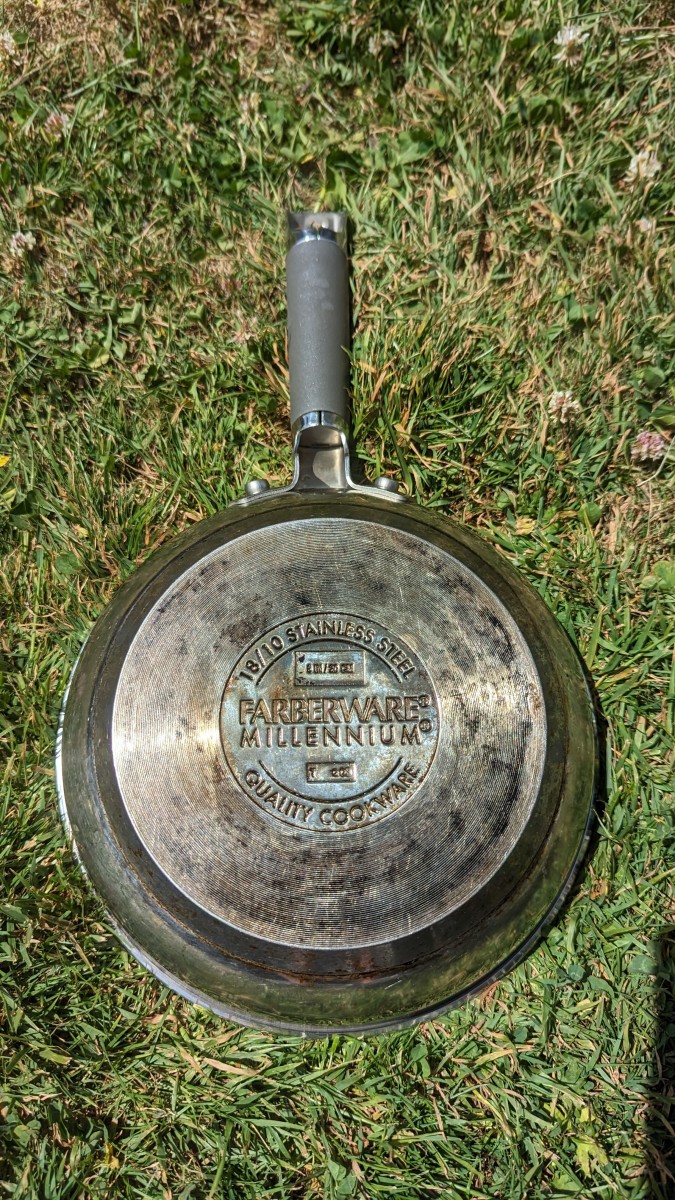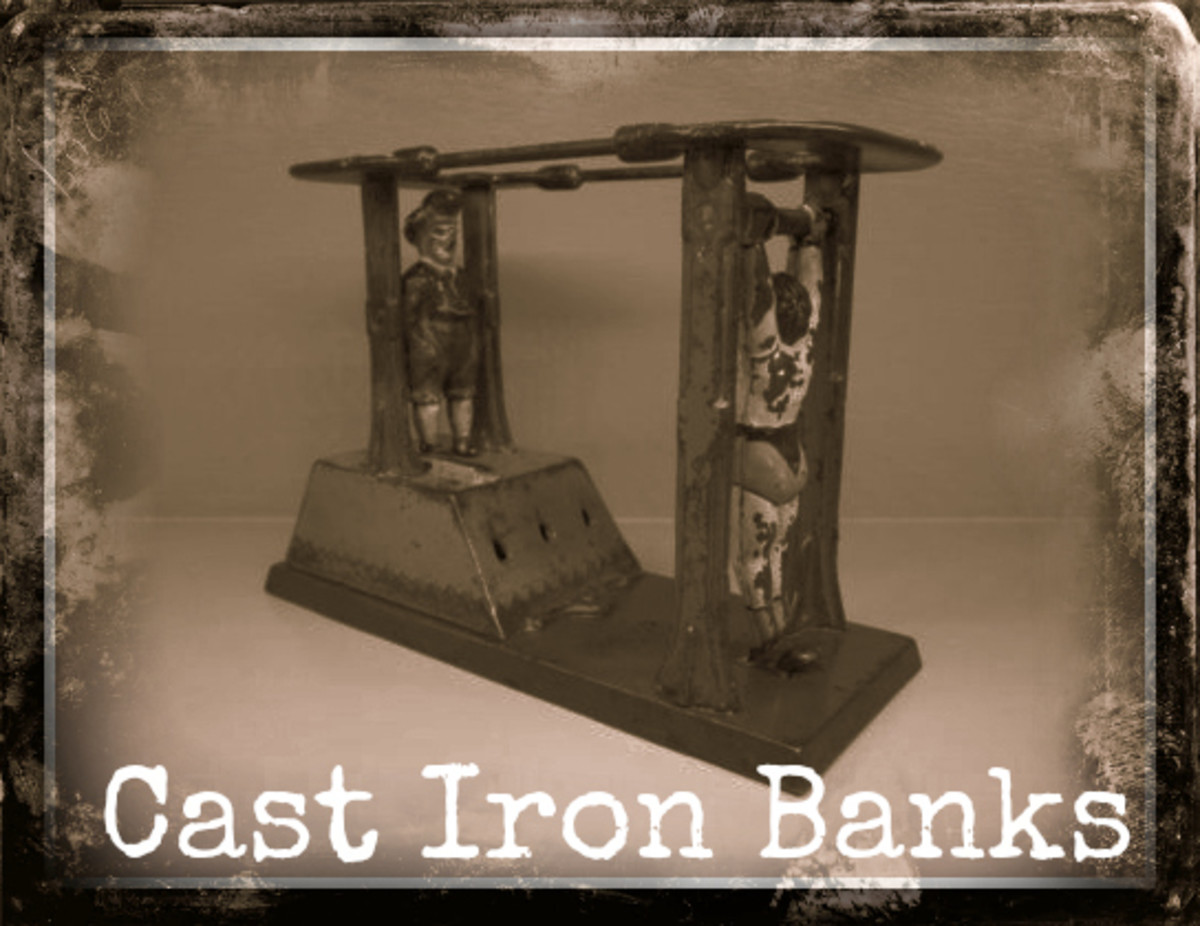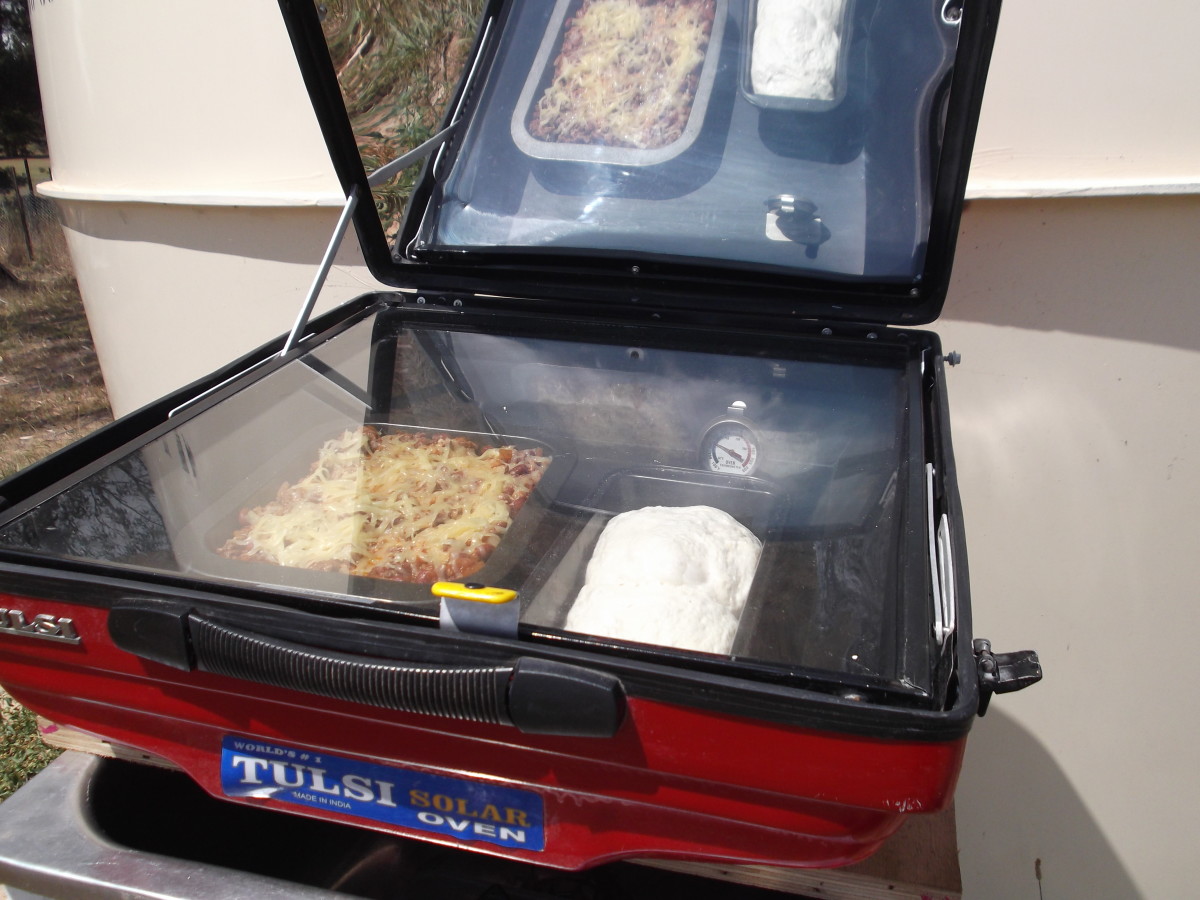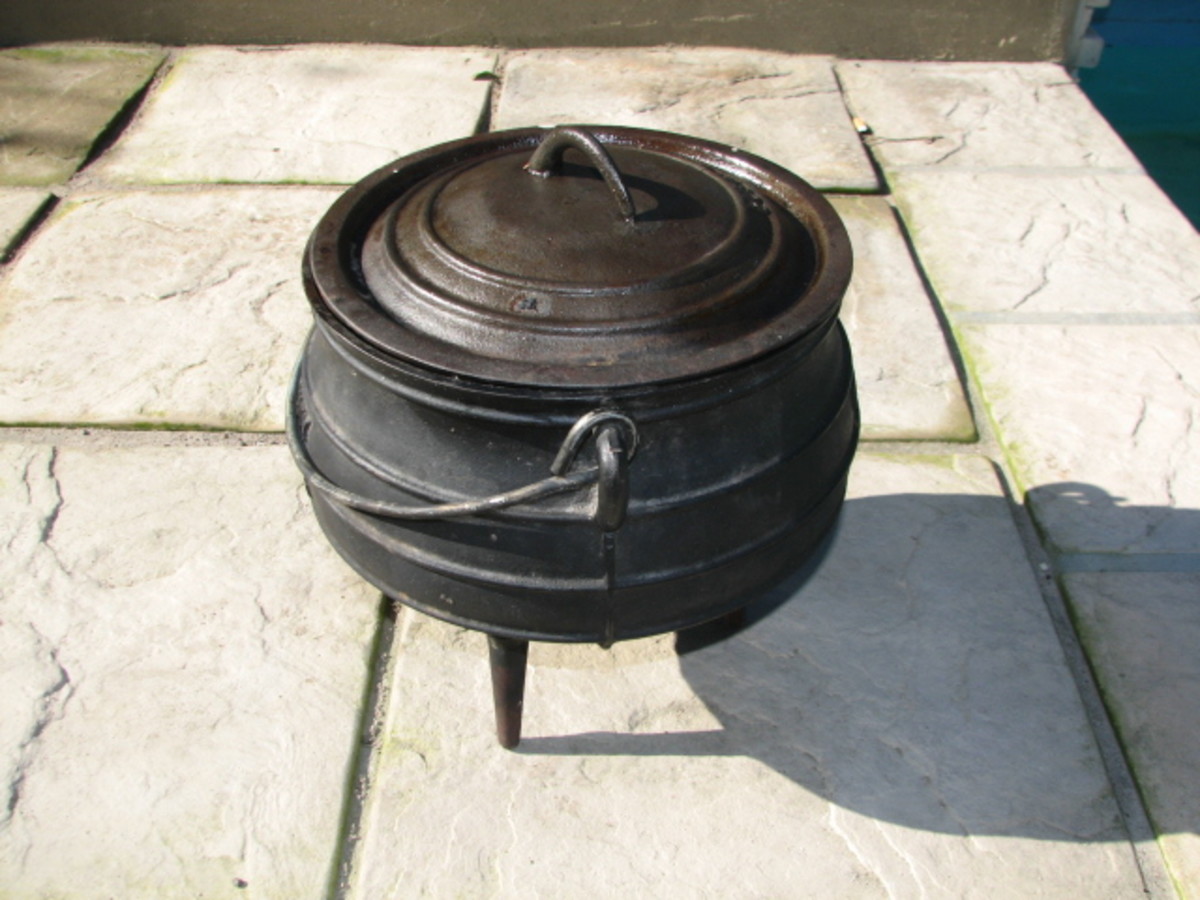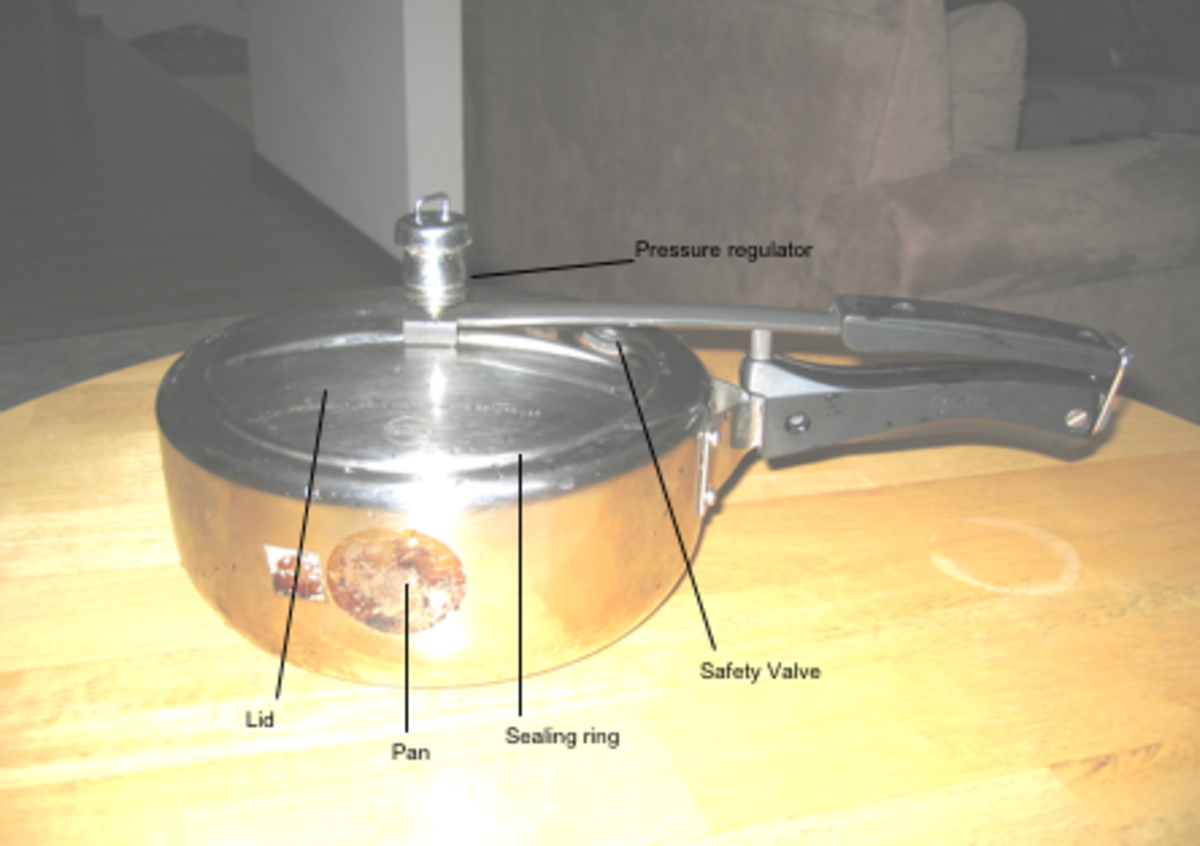All About Cast Iron Cookware
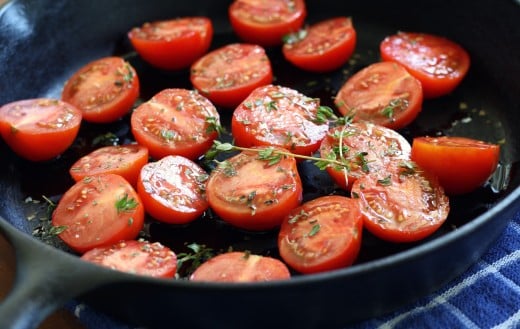
Cast iron cookware is prized for its non-stick surface, even distribution of heat, and it’s natural durability. It has been used for thousands of years, according to thekitchenprofessor.com, and therefore can last families for generations.
History of Cast Iron
Modern cast iron cookware is made by casting molten metal into a mold; this method was patented by Abraham Darby in 1707. The BBC credits this technology of sand casting iron pots using reusable patterns for laying the foundation for the British foundry industry.
Benefits of Cast Iron
When properly cared for, cast iron cookware can be passed down from generation to generation. This makes it an economical option for families.
The Michigan State University Extension notes that once a cast iron is hot, it remains hot. So foods cooked in cast iron will hold their temperature for a long time, potentially reducing the risk of foodborne illnesses. Hot cast iron also sears meat very well, and takes less time to seal in those juices.
Unlike modern cookware made with chemicals and toxins, cast iron cookware is safe to use. According to NaturalLivingIdeas.com, the seasoning on the pan “acts as a barrier” between the food and the metal.
Because of the naturally slick surface of well-seasoned cast iron cookware, you’ll tend to use less oil when cooking. Although food generally doesn’t adhere to the surface of cast iron, most people suggest heating up the pan, then adding a thin layer of oil to the surface before adding other ingredients.
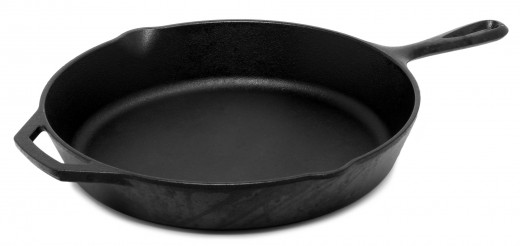
How To Season Cast Iron
Cast iron cookware must be “seasoned” in order to keep their rust-free finish and non-stick surface. Even new cookware straight from the store aren’t ready to use immediately, notes RealSimple.com, instead you’ll need to season it before use.
Preheat the oven to 350 degrees F.
Coat the cookware entirely with a thin layer of cooking or coconut oil, and wipe the surface down thoroughly with paper towels. Ensure that the cookware is completely covered in oil, but avoid any pooling or puddles, as this could cause a thick, sticky residue. (Note that most users coat the entire surface of the cookware including the outside and handle.)
Bake the cookware up side down on the top wire rack of your oven for at least one hour. (Consider placing a cookie sheet on the shelf below to catch any excess oil you may not have removed with the paper towel.)
Remove the cookware from the oven, and allow it to cool. Wipe down the cookware with paper towels to remove excess oil.
Cast iron cookware will darken and turn shiny as it gains seasoning. Repeat this process often to add or reinforce the protective layer to your cookware.
How To Cook With Cast Iron
Preheat your cast iron cookware before placing food inside for cooking on the stove. Set the cookware on the stovetop at a low heat for a few minutes. Check for readiness by adding a few droplets of water on the pan. Your pan is too hot if the water evaporates on contact, instead aim for a “pop” or “sizzle” sound to know your cookware is the right ready. MichiganStateExtension.com notes that it is unnecessary to preheat cast iron cookware for use inside the oven.
Keep in mind that cooking with highly acidic ingredients such as tomatoes, vinegar or citrus fruits can deteriorate the finish on your cast iron cookware. Although it won’t permanently ruin the surface of the cookware, you may need to season the cookware more often to keep the desirable shiny luster.

How To Clean Cast Iron
Keep the shiny black seasoning of the cast iron cookware by caring for your cookware properly. Avoid using dish detergent as much as possible, as the soap can remove the nonstick surface.
Rinse used pans in hot water immediately after use.
Remove debris from cast iron cookware with a nonmetal brush and warm water. For stubborn burned-on food, consider using coarse salt to help scrub the cookware clean.
Avoid soaking the cookware in water for extended periods of time. Rust can accumulate on cast iron when exposed to water for too long. Briefly place cookware on a hot stovetop to remove excess moisture.

